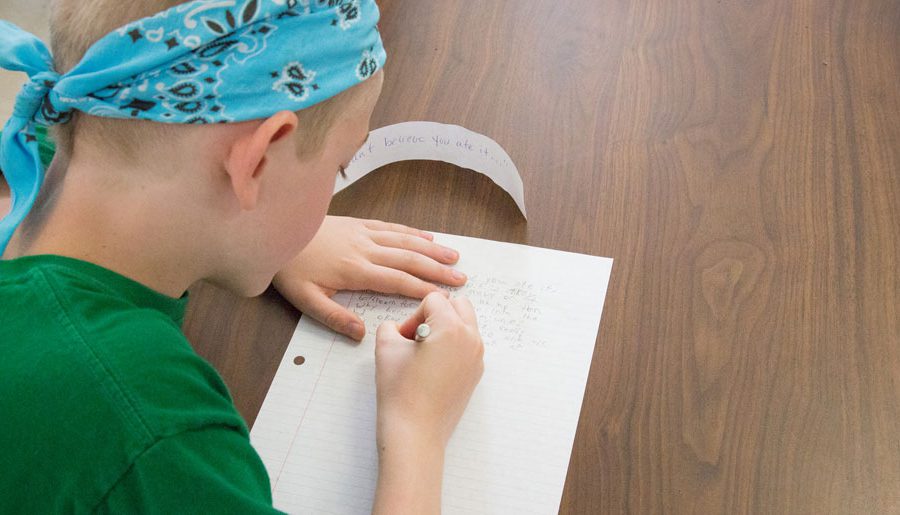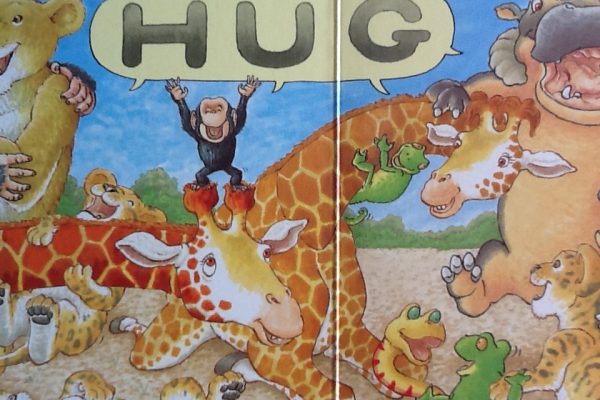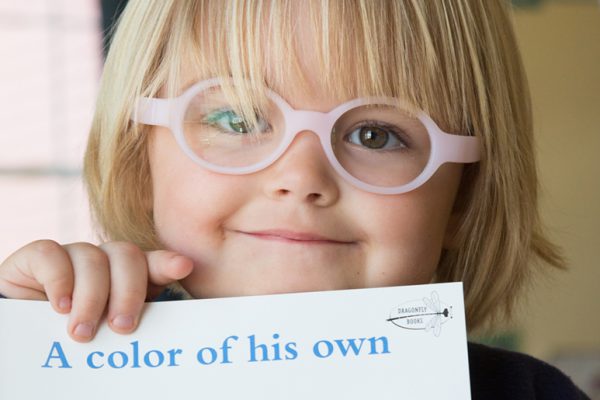
Last week, the New York Times‘ Opinionator blog featured an essay called “What Should Children Read?” by English teacher and writer Sarah Mosle. In the essay, Mosle highlights the new emphasis on nonfiction in the Common Core State Standards, “a set of national benchmarks, adopted by nearly every state, for the skills public school students should master in language arts and mathematics in grades K-12.”
According to Mosle, when the standards go into effect in 2014, 50 percent of all fourth-grade reading assignments will be nonfiction. That percentage will rise to 70 by 12th grade.
This brings up some obvious questions, like is nonfiction in some ways “better” than fiction? Does it better prepare our children for their professional lives?
Mosle quotes David Coleman, president of the College Board and one designer of the new standards, as saying, “It is rare in a working environment that someone says, ‘Johnson, I need a market analysis by Friday but before that I need a compelling account of your childhood.’”
Yes, that quip is funny and true, but it diminishes the power of storytelling in poetry, short fiction, and novels. And it’s a good reminder that while children need to be prepared for the realities of the working world, no one should have to think about market analysis until, well, at least high school. No fourth grader should know what those words mean. We can hold out on the joys of paperwork until they get a little older.
Mosle also brings up a much bigger and more important point: We should provide students with better nonfiction, not just more nonfiction. She suggests that high school students could learn about science and race through reading “The Immortal Life of Henrietta Lacks” and mentions NPR shows like “Radiolab” and “This American Life” as havens of intelligent, personal nonfiction.
If students will be reading more nonfiction in the near future – and it looks like they will be – it’s certain that educators will have to find high-quality, intelligent sources of text that will excite students, not wear them out. Let’s hope more teachers, parents, and administrators engage with the question of what should students read with the insight and inquiry of Mosle’s own example of well-written, thought-provoking, and personal nonfiction.



